Isolation exercises are single-joint movements that target a specific muscle group. They are incredibly effective at improving your muscle conditioning and separation.
On the contrary, compound exercises target two or more muscle groups in a single movement and are great for building muscle mass and strength.
Many lifters have polarizing views about isolation exercises. Some would tell you to avoid them as they do nothing for functional strength while others think they are only for beginners.
If you’re in a similar dilemma and want a second opinion because your friendly neighborhood brofessor wants you to stay away from the isolation lifts, read on to make an informed decision.
There is a lot of misinformation about isolation exercises amongst the general public. Many lifters incorrectly categorize isolation lifts as compound lifts and vice versa.
For example, many people consider barbell biceps curl a compound lift while it is an isolation lift. On the other hand, the lat pull-down is a compound lift, which many consider an isolation movement.
Hopefully, this article will clear any doubt you might have about isolation exercises and act as the ultimate database that you can scroll through to find the best isolation exercises for your next workout.
Benefits of Isolation Exercises
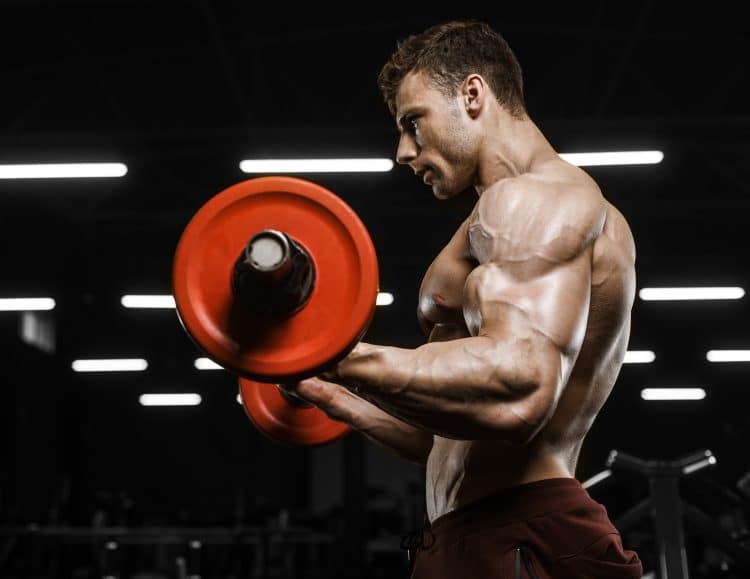
Below are the benefits of performing single-joint exercises —
1. Great for Beginners
Since most isolation exercises are performed on machines, they are great for beginners. As machines reduce the number of moving parts, they make it easier for newbies to establish a mind-muscle connection and achieve muscle pumps.
Isolation exercises also reduce the chances of injury while training due to incorrect form. They can also help newbies build a better foundation and get stronger at compound lifts.
Furthermore, as per a study, single-joint (isolation) exercises are as effective as multi-joint (compound) exercises for promoting increases in upper body muscle strength and size in untrained men. [1]
2. Improves Muscle Conditioning
Isolation exercises seek to stimulate only one muscle group to provide muscle growth. Research suggests that a lifter should be using isolated exercises when the primary goal is improving muscle recruitment and achieving hypertrophy. [2]
Bodybuilders are pump-chasers, and machines are incredibly effective at helping you achieve a muscle pump and fill your target muscles with blood and lactic acid. Since blood carries oxygen and nutrients to your muscle tissues, training for a muscle pump can help ignite new muscle growth and improve your musculature.
Related: Is Training To Failure Necessary For Muscle Hypertrophy?
3. Fixing Muscle Imbalances
If you are like most people, one of your sides is stronger than the other. Unilateral isolation exercises can help you fix your strength and muscle gap without taxing your system.
Unilateral training involves performing the desired number of repetitions on one side before switching to the other. You could fix muscle imbalances by performing higher reps on the weaker side or lifting slightly heavier.
4. Great for Working Around Injuries
Isolation lifts are great for people recovering from injuries. Unlike compound movements, isolation exercises help you focus on a single muscle without straining other muscle groups.
5. Reduces Total Duration of Workouts
Isolation exercises can be a lifesaver for people with jam-packed schedules. Since isolation movements involve machines or minimal equipment, they require less setup time than compound exercises.
A workout with a mix of isolation and compound exercises generally requires lesser time than a compound lift-only workout program. Although not recommended, you could further reduce the time you spend in the gym by performing an isolation exercise-only workout.
Best Isolation Exercises by Muscle Groups
Want to perform isolation exercises in your next workout but not sure which ones to include? Don’t worry. We have got you covered.
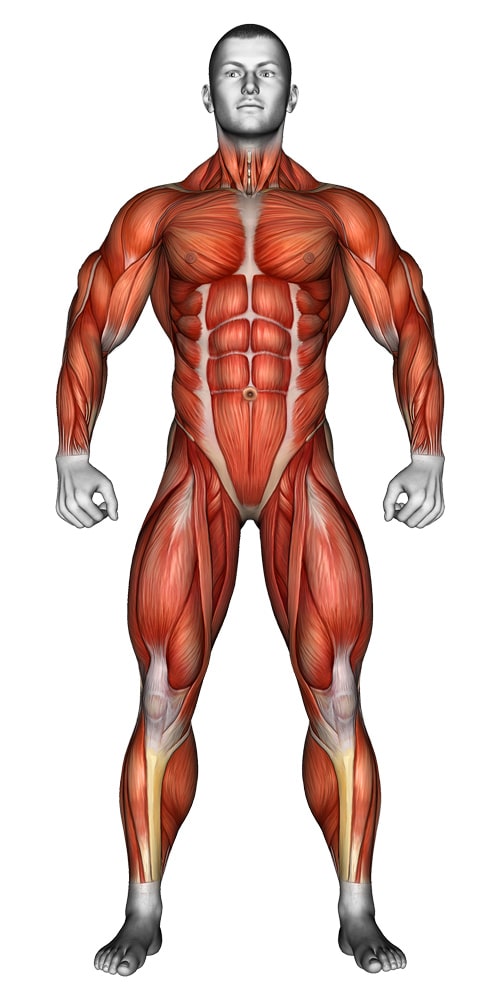
In this article, we’ll be going over the 86 best isolation for the following muscle groups —
- Chest
- Back
- Upper and middle back
- Lower back
- Shoulders
- Delts
- Traps
- Arms
- Biceps
- Triceps
- Forearms
- Legs
- Upper legs
- Lower legs
- Abs
Here are the 86 best isolation exercises and how to perform them with the correct form —
1. Chest
The chest consists of two major muscles called the pectoralis major and pectoralis minor. The pectoralis major includes the clavicular head (upper chest) and sternocostal head (lower chest). Here are the best isolation exercises for your chest:
- Flat dumbbell fly
- Incline dumbbell fly
- Decline dumbbell fly
- Cable crossover
- Incline cable crossover
- Decline cable crossover
- Bodyweight barbell fly
- Pec deck fly
- Low cable crossover
- Svend press
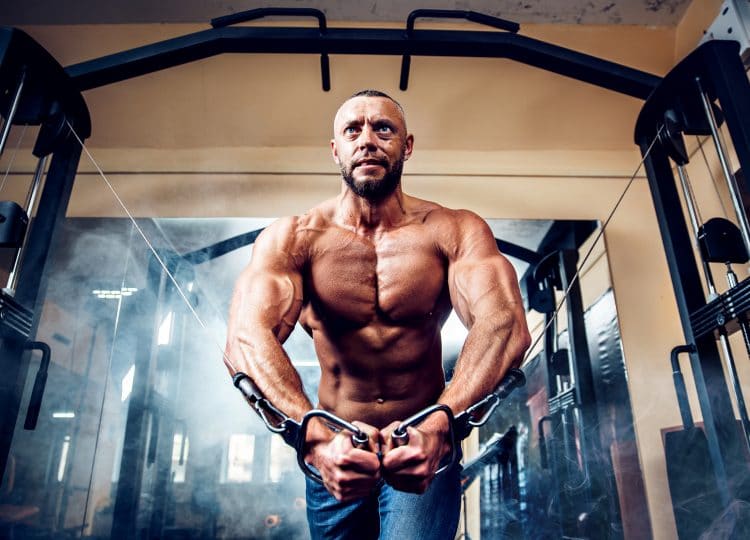
Check Out: The Perfect Old-School Chest Workout Routine For Pure Mass and Strength
2. Back
Your back is the second largest muscle group after your legs and requires different pulling movements for optimal muscle fiber recruitment. Here are the horizontal, isolation, and lower back isolation exercises you need in your training program:
a. Upper and middle back
To build a chiseled v-taper, you need both vertical and horizontal pulling exercises in your training regimen. While the vertical movements help gain width, horizontal lifts add thickness to your posterior muscles.
- Straight arm cable pull-down
- Straight-arm dumbbell pull-over
- Seal row
- Scapular Retractions / Depressions
b. Lower back
The lower back is one of the most overlooked muscles in a back training regimen. However, a diced lower back can make you stand apart from your peers. Add the following lower back exercises to your training regimen for a superhero back:
Must Read: 27 Best Backs in Bodybuilding History
3. Shoulders
If building 3D shoulders is your goal, you cannot achieve it without including isolation exercises in your training regimen. Here are the shoulder isolation exercises you should include in your next workout:
a. Delts
Train your anterior, medial, and posterior deltoid heads to ensure overall shoulder development. Adding the following exercises to your training regimen will help you build round shoulder caps:
- Dumbbell side lateral raise
- Incline bench reverse dumbbell fly
- Dumbbell front raise
- Weight plate front raise
- Barbell front raise
- Incline bench dumbbell front raise
- Seated bent-over rear delt fly
- Single-arm cable front raise
- Car driver
- Reverse pec deck fly
- Cable reverse fly
b. Traps
Most trapezius exercises are isolation lifts. However, most people leave gains on the table by going too heavy, which forces them to use momentum to lift the weight. Use a slow and controlled motion to build mountain-like traps.
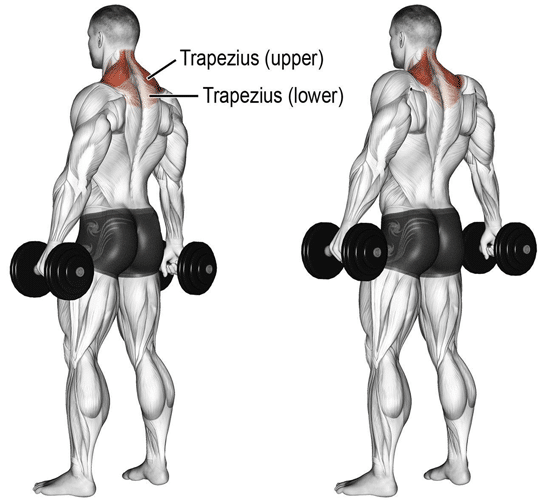
Related: 7 Best Deltoid Workouts and Exercises Using Machines to Sculpt Huge Shoulders
4. Arms
Most arm exercises you perform in the gym are isolation lifts. Your goal with these movements should be to focus on contracting your target muscles with every rep while maintaining a slow and controlled range of motion.
a. Biceps
Biceps exercises are probably the most miscategorized of the bunch. It’s not uncommon to see biceps isolation exercises listed as compound lifts and vice versa. Here are the biceps isolations exercises to add to your training arsenal:
- Barbell curl
- Cable curl
- Dumbbell curl
- Preacher curl
- Reverse cable curl
- Concentration curl
- Incline dumbbell curl
- Hammer curl
- Waiter curl
- Overhead cable curl
- Lying cable curl
- Seated barbell curl
- 21s
- Drag curl
- Spider curl
- Cable hammer curl
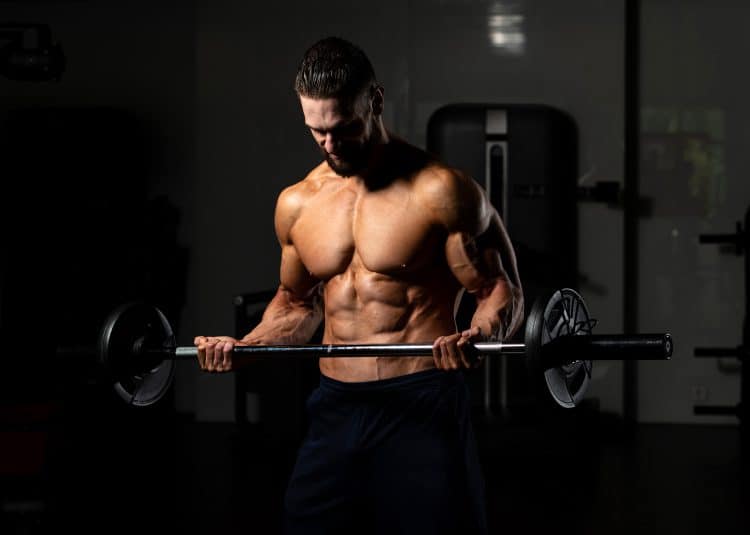
b. Triceps
To build horseshoe triceps, you need to train the three triceps head — long, short, and medial. Perform the following triceps exercises for building sleeve-ripping guns:
- Cable push-down
- Single-arm overhead triceps extension
- Dumbbell kickback
- Cable kickback
- Barbell skull crusher
- Dumbbell skull crusher
- Cable overhead triceps extension
- Dumbbell overhead triceps extension
- Machine dips
- Reverse cable push-down
c. Forearms
Girthy forearms can add to the illusion of your arms and make them look bigger. The best part about training your forearms is that since they are a small muscle group, you do not need a lot of weight to annihilate them. Here are the best forearm exercises:
- Barbell wrist curl (supinated/pronated)
- Behind-the-back barbell wrist curl
- Cable wrist curl
- Wrist roller
- Cable reverse curl
Check Out: Top 18 Girls with the Biggest Biceps in the World
5. Legs
Isolation exercises can help add definition and separation to your legs. Instead of pounding through the reps, keep your reps slow and deliberate to get the best bang for your buck. Leg isolation exercises will target your quads, hamstrings, glutes, and calves.
a. Upper Legs
In the upper legs, we’ll be focusing on quads, hamstrings, and glutes. Quads consist of four parts — rectus femoris, vastus lateralis, vastus medialis, and vastus intermedius. Mentioned below are the best upper leg-building isolation exercises:
- Leg extension
- Lying leg curl
- Seated leg curl
- Standing leg curl
- Glute bridge
- Barbell hip thrust
- Cable glute kickback
- Cable pull-through

b. Lower Legs
Calves are arguably one of the most stubborn muscle groups. Turn your calves into full-grown bulls with these isolation exercises:
- Standing machine calf raise
- Seated calf raise
- Donkey calf raise
- Single-leg calf raise
- Calf raise on the leg press
- Dumbbell calf raise
Check Out: 14 Best Legs in Bodybuilding History
6. Abs
A six-pack is one of the most desired muscle groups for men and women alike. No physique can be deemed complete without a set of chiseled washboard abs. Here are the best isolation exercises to achieve your dream midriff:
- Crunch
- Cable crunch
- Side crunch
- Reverse crunch
- Machine crunch
- Russian twist
- Hanging leg raise
- V-up
- Lying leg raise
- Captain chair leg raise
Related: How Many Abs Can You Have? 4-Pack vs 6-Pack vs 8-Pack
Wrapping Up
Although you’re probably in love with isolation exercises by now, you shouldn’t limit your workouts to single-joint lifts. Your training program should have a balance of compound and isolation exercises, especially if you are a bodybuilder.
Remember — Following an incorrect form while performing the exercises mentioned in the article can lead to secondary muscle recruitment. So, tread carefully and make sure you’re not turning the isolation lifts into compound movements by using momentum.
References
- Gentil P, Soares S, Bottaro M. Single vs. Multi-Joint Resistance Exercises: Effects on Muscle Strength and Hypertrophy. Asian J Sports Med. 2015;6(2):e24057. doi:10.5812/asjsm.24057
- Saeterbakken AH, Chaudhari A, van den Tillaar R, Andersen V (2019) The effects of performing integrated compared to isolated core exercises. PLOS ONE 14(2): e0212216. https://doi.org/10.1371/journal.pone.0212216


